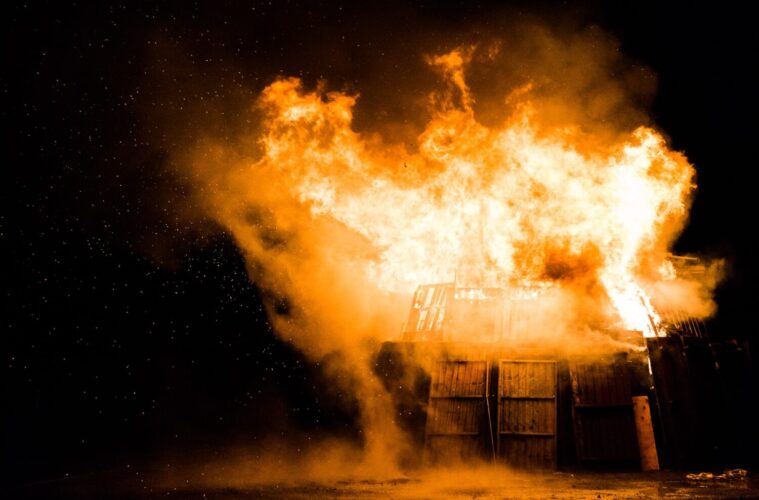Commercial viability may be the phrase that has changed in cannabis the most over the decades for the industry.
During my chat with First Smoke of The Day, which dropped last week, the subject of commercial viability came up. Basically, I said once you got past the lovely people that got screwed by circumstances of licensing or location, there are a lot of people who got eaten up by the times because they wouldn’t change their ways. This received the most positive feedback of anything I said during the hour-and-a-half talk. While I’ve attempted to articulate the idea of people not being able to keep up with the game, it was never with the ethos of how many of the world’s best growers hit me up or tagged me on Instagram over the last week.
At its core, the attempt to define commercial viability in cannabis has proven a double-edged sword. On the one side, the meaning represents progress in the game. The bar for commercial viability has risen with the progress of the times across every market. This includes recreational and the still massive underground cannabis economy thought to dwarf California’s legal market at least 2 to 1, given the vast swaths of the state without legal access and people everywhere else wanting our weed. The pot has certainly increased in quality on both sides of the market.
On the other side, not all ships have risen with the tide due to various circumstances. Be it their own stubbornness to not change their ways as advancements in the game had been made, or never actually knowing what the bar was for commercial viability in the first place whenever they jumped ship from whatever industry expecting to carve a piece of the cannabis industry for themselves.
Let us not forget a mere 20 years ago, brick weed stuffed in a tire was commercially viable for American distributors. So imagine you’re a person operating under the protection of 215 in that era. Ninety-nine percent of the domestic marijuana supply is absolute garbage. It’s fair to say you’re a hot cookie at that moment.
But, as the years rolled on, the bar went up.
Commercial viability got to the point where it didn’t just mean you were talking about the quality or price of the product, but also accessibility and ease of transport. California has a firm grip on illicit domestic cannabis production as the feds’ annual plant eradication counts firmly show. But it’s not the same. In the past, the worst cannabis California has to offer used to get scooped up faster than Olive Garden breadsticks coming out of the oven.
Now we’ve reached the point where people don’t have to buy California’s worst product anymore. California cultivators aren’t competing with Mexican brick weed anymore. They’re competing with the Oklahomas and the Maines — hell, there are probably even some decent beaster packs from Canada still making it over the border.
A lot of the lost souls in California on the illicit side are those who couldn’t keep up with people growing decent weed in those places where people could drive to pick it up. The best weed in the world is still grown in NorCal, especially on the illicit side of the market. Not being able to grow commercially viable pot in the rec market is one thing, but if you are having trouble on the other side, maybe it’s time to do some soul-searching on your craft. Do those little things you see your neighbors doing that you didn’t want to because you convinced yourself you knew what you were doing.
The most important thing you can do to survive in this market is to grow the best cannabis possible. People that worry about pinching pennies first are destined to fail. At that point, the quality of the marijuana is the second most important thing to you, and you’ve already lost.
Advertising disclosure: We may receive compensation for some of the links in our stories. Thank you for supporting LA Weekly and our advertisers.

